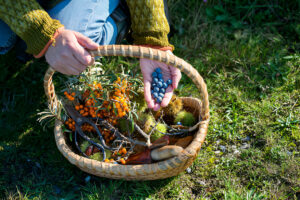Bird watching is not just a pastime; it’s a rewarding hobby that deepens your connection to the natural world. It offers moments of tranquility and opportunities for learning about diverse species and their behaviors. Whether you’re nestled in a local park or exploring a remote wilderness, observing birds can be both exciting and calming. If you’re new to this captivating activity, you may feel overwhelmed by the vastness of the avian world. Fear not! Here are some essential tips to set you on your birding journey, helping you enjoy and appreciate the beauty of birds around you.
 Pin
Pin Image by Kev from Pixabay
Table of Contents
1. Get the Right Equipment
 Pin
Pin Image from Wikimedia
The thrilling journey of birdwatching begins with the essential step of choosing the right equipment. Investing in a quality pair of binoculars is crucial; they act as your window to the avian world. Seek out binoculars with at least 8x magnification. This feature allows you to zoom in on distant birds, revealing intricate details of their plumage and behaviors without intruding on their space. Opt for a model with a comfortable grip, ensuring long observation periods without fatigue. The weight and ergonomics should feel just right in your hands, making each glimpse delightful.
Beyond binoculars, equip yourself with a reliable field guide or a bird identification app on your smartphone. These resources will serve as your companions in the field, providing essential information on various species, their calls, and habitats. A well-organized field guide can help you learn to recognize birds by their visuals and characteristics, turning each sighting into a satisfying challenge. Apps can evolve your experience with interactive features, like sound clips of bird calls, making them invaluable tools for both beginners and seasoned birders alike. Prepare for moments of wonder as you connect with nature through the right equipment.
2. Choose the Right Location
 Pin
Pin Image from Wikimedia
Once equipped, your next mission is to select the perfect location for birdwatching. Birds inhabit a rich tapestry of environments, from lush forests to vibrant wetlands, and even urban backyards. Start your expedition at local parks or nature reserves, where established trails often crisscross through diverse habitats, offering access to a myriad of bird species. These areas are teeming with life; the rustle of leaves might reveal a hidden wren, while the melodic song of a nearby warbler beckons you to listen more closely.
Consider the time of year and migration patterns when choosing your locations. Some parks may be better during certain seasons, hosting flocks of migratory birds that you wouldn’t want to miss. Pay attention to water bodies; lakes, ponds, and rivers attract a rich diversity of birds, from elegant herons to lively ducks. With patience and keen observation, you’ll uncover a world that’s waiting to be explored, turning each outing into a delightful adventure full of discovery and connection in nature’s bounty.
3. Understand Bird Behavior
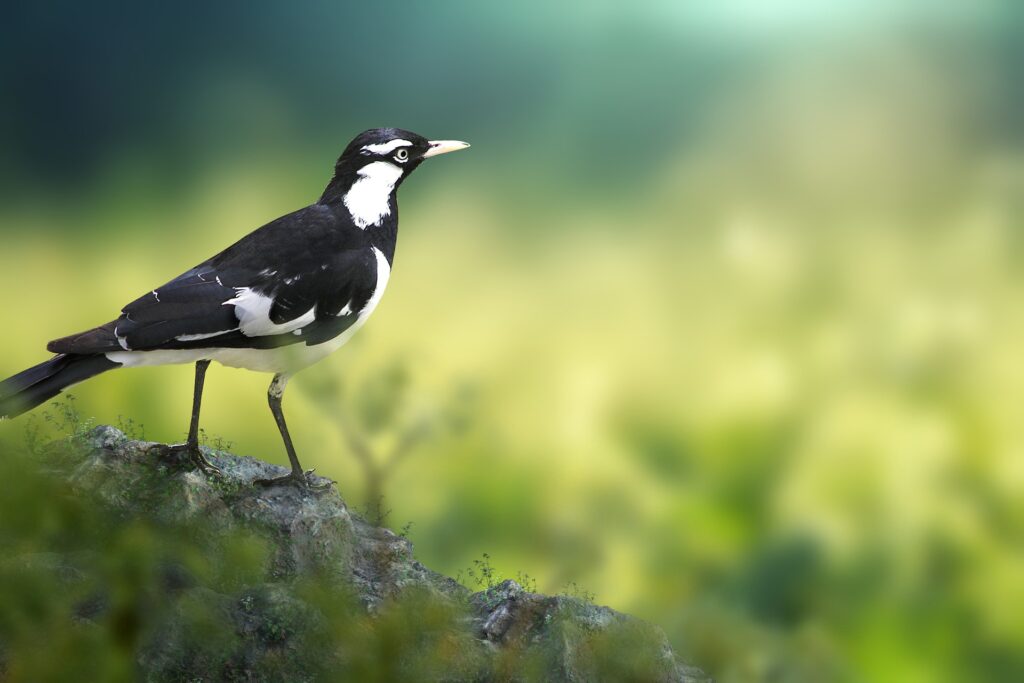 Pin
Pin Image by Syaibatul Hamdi from Pixabay
Bird behavior is akin to unlocking a secret language of the avian world. By familiarizing yourself with the diverse types of birds you might encounter, you open a window to their fascinating lives. Start by learning about local species—do a bit of research on their physical traits, colors, and sizes. From vibrant hummingbirds to majestic eagles, each bird has its own story.
Feeding habits are particularly interesting. Many birds, such as sparrows, are most active during the early morning hours or the golden hues of late afternoon, taking advantage of the cooler temperatures and abundant insects. Watch how they forage—some, like woodpeckers, cling to trees while tapping rhythmically, while others, like finches, might flit between feeders and ground. Understanding what they eat can help you attract them to your garden. Migratory patterns, too, are crucial; knowing that swallows return each spring can help you anticipate their arrival, enriching your viewing experience. Nesting behaviors offer another glimpse into their lives—some species, like robins, construct intricate nests in trees, while others prefer more concealed locations. Witnessing courtship rituals and the tender care of parents for their young can be an unforgettable part of bird watching.
4. Be Patient and Quiet
 Pin
Pin Image by Willfried Wende from Pixabay
Patience is the cornerstone of successful bird watching. Unlike predatory or noisy activities, this pursuit demands a serene and respectful approach. Birds are naturally skittish creatures; sudden movements or loud noises can send them flitting away before you can appreciate their beauty. To foster a productive experience, move slowly and with intention—shift your weight from foot to foot gently, as if you are part of the landscape.
Once you’ve found a promising spot, settle in and let stillness envelop you. Remaining quiet can transform the environment; nature will slowly come alive around you. Birds are often curious and may approach if they sense no threat. The more you remain undisturbed, the higher your chances of observing fascinating behaviors—from a fledgling learning to fly to a parent feeding its chicks. By practicing patience and stillness, you not only immerse yourself in their world but also cultivate a deeper appreciation for the delicate balance of nature, enhancing every birding adventure.
5. Use Setting the Scene Techniques
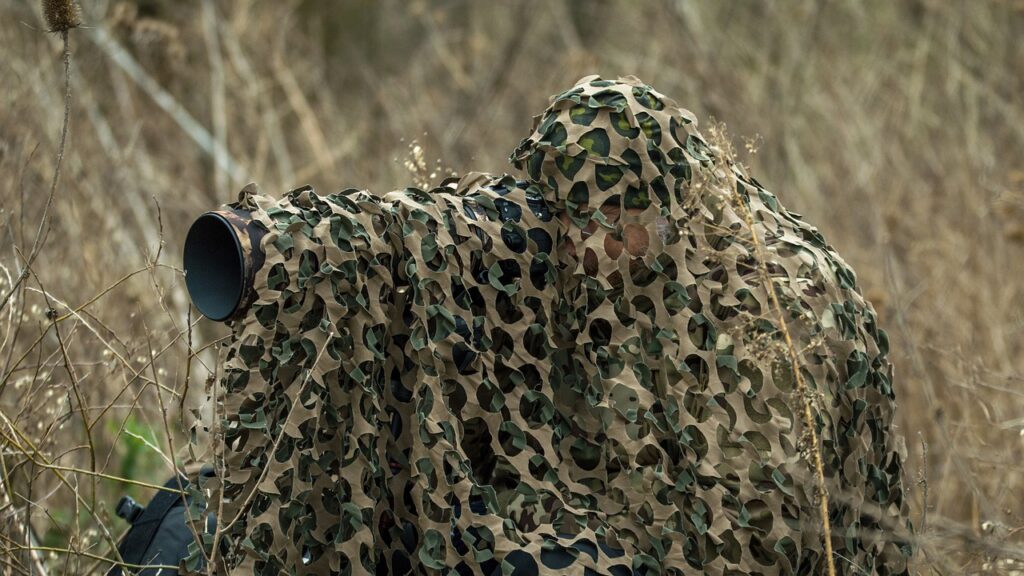 Pin
Pin Image by Lubos Houska from Pixabay
Mastering the art of camouflage is essential for any birdwatcher who yearns to observe these avian marvels without disturbing them. When you’re in a serene forest, the air rich with the scent of pine and the chorus of Nature’s whispers. To blend seamlessly into this tranquil tapestry, strategically position yourself amidst the natural cover. Trees, with their sturdy trunks and sprawling branches, provide excellent fortifications. Shrubbery, with its textured foliage, offers a refuge where you can sit unnoticed.
Dressing in muted colors is another vital aspect of your stealthy approach. Earthy tones, such as olive greens, browns, and soft grays, allow you to meld into your surroundings, ensuring that bright hues don’t startle your feathered friends. This thoughtful choice of attire is akin to donning a uniform of the wild, signaling to the environment that you are merely an observer, not a threat.
When positioning yourself, consider the sightlines of your feathery targets. Standing in open areas could lead to a swift retreat from curious creatures, as they spot your presence before you even realize it. Instead, seek out spots that offer natural barriers—like the dappled shadows of bushes or the cover of larger trees—where your silhouette is diminished. By respecting the space of your feathered companions, you’ll not only enhance your experience but also cultivate a deeper appreciation for their behaviors.
6. Keep a Bird Journal
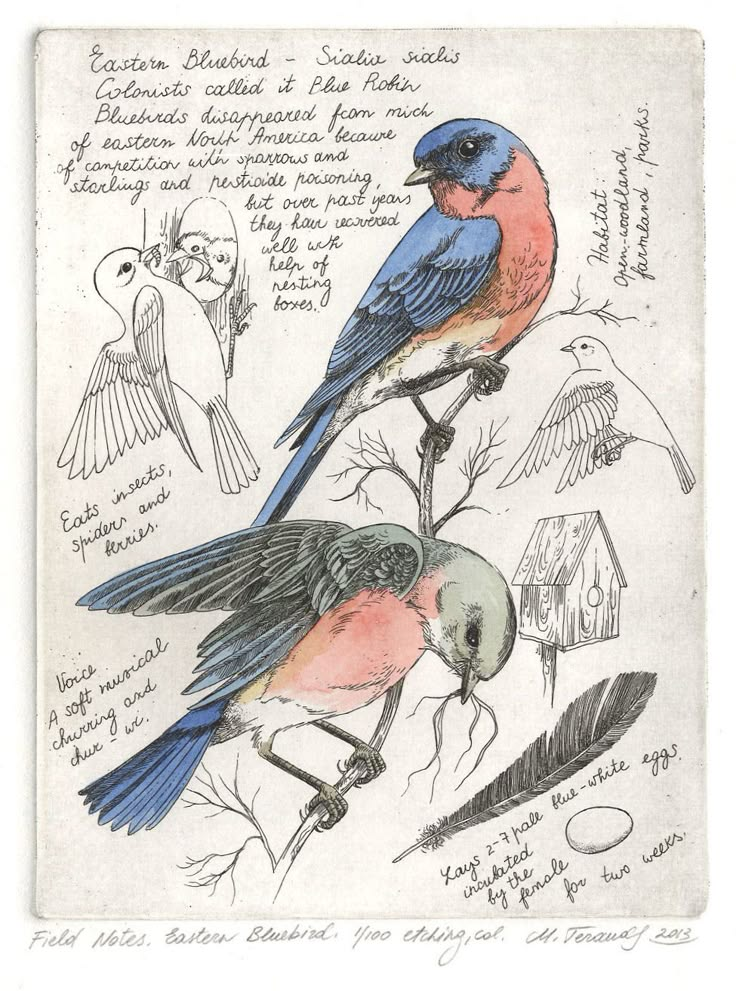 Pin
Pin Image from Pinterest by marinaterauds.com
Every birdwatching adventure offers a wealth of experiences waiting to be captured. A bird journal serves as your personal chronicle, where each entry transforms into a mosaic of sightings and emotions. As you write, ensure you document vital details: the date of your outing, the precise location whether a sun-drenched clearing or a remote marsh, and the exact time—early morning is often when you’ll capture the most activity.
Weather conditions are key players in avian behavior—note the warmth of the sun, the chill of the wind, or even the gentle drumming of rain. As you observe and sketch the birds, describe their colors, sizes, and distinct markings. This practice will sharpen your observational skills as each entry solidifies your knowledge, transforming you into a keen naturalist.
A bird journal is not just an account of sightings; it becomes a reflection of your growth as a birdwatcher. Over time, witnessing the seasonal migrations, unique behaviors, and tender moments in the avian world will deepen your connection to Nature. Each page reveals a story, leading to a growing appreciation for the delicate dance between you and the wild.
7. Join Local Birding Groups
 Pin
Pin Image from Wikimedia
Birding, often at its heart, is as much about community as it is about observation. Joining local birding groups can transform your avian adventures into shared experiences and knowledge. A sun-drenched Saturday morning, the gentle rustling of leaves, and the chatter of fellow enthusiasts as you gather for a birdwatching excursion. These groups often comprise individuals with varying levels of expertise, from beginners who share your excitement to seasoned birders ready to impart their wisdom.
In clubs and online forums, you’ll find a treasure trove of information. Members often organize field trips to hotspots, providing access to areas you might not discover alone. Standing shoulder to shoulder with passionate birders, your binoculars trained on a rare sighting—a fleeting glimpse of an elusive warbler. Conversations flow effortlessly, filled with anecdotes and tips about bird identification and behavioral patterns.
Online platforms offer another dimension. Here, you can engage in discussions, share personal discoveries, and ask for advice when trying to identify a challenging species. Whether it’s a local Facebook group or a specialized forum like BirdForum, these digital spaces allow for continuous learning. You’ll find yourself inspired by photographs, excited by upcoming events, and even participating in citizen science projects that contribute to avian research. Joining a birding group, therefore, deepens your connection to the natural world and fosters friendships that flutter beyond just your shared passion for birds.
8. Respect Wildlife
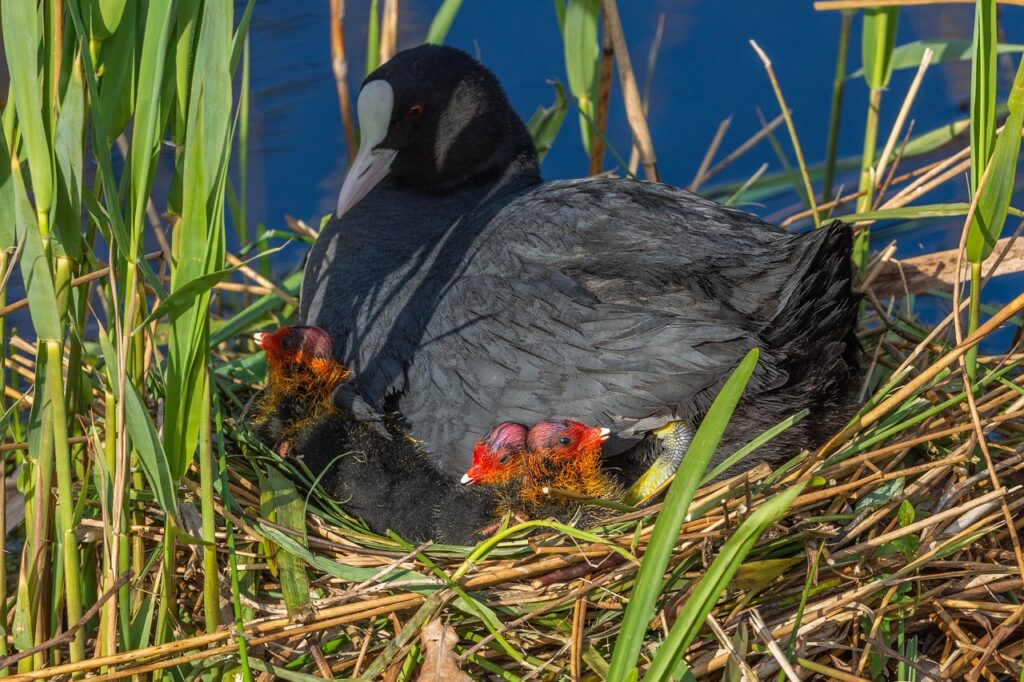 Pin
Pin Image by Kobus van Leer from Pixabay
Ethical birding guidelines are not just suggestions; they are vital for the well-being of the birds and their habitats. Always maintain a respectful distance from nests and breeding areas. Imagine a mother bird tirelessly caring for her chicks, only to be startled into a frenzy by someone encroaching too closely. Such disturbances can lead to abandonment or stress, undermining the very essence of birdwatching—appreciating these creatures in their natural state.
Avoid using playback calls to attract birds. While it might seem like a clever trick to entice elusive species into view, it can induce unnecessary stress, disrupting their natural behaviors. Birds rely on vocalizations for crucial communication, especially during breeding seasons; introducing artificial sounds can confuse or irritate them.
Taking the time to educate yourself on ethical practices elevates your experience and contributes positively to avian conservation. As you enjoy birding, remember that you’re not just an observer but a steward of the ecosystems that support these remarkable creatures. By nurturing a mindset of respect and care, you ensure that generations to come can also revel in witnessing the magnificent dance of wildlife.
9. Educate Yourself
 Pin
Pin Image from Wikimedia
Taking time to educate yourself on bird conservation and environmental issues can transform your experience from mere observation to active participation in the stewardship of our natural world. Understanding the ecological roles of birds—such as pollination, seed dispersal, and pest control—can illuminate their importance in maintaining healthy ecosystems.
Begin by exploring local avian species and their habitats; this knowledge will deepen your appreciation and inspire a sense of responsibility towards preserving these environments. Consider enrolling in workshops, reading books, or joining birdwatching clubs where experienced naturalists can share their insights. Learning the specific challenges birds face, such as habitat destruction, climate change, and pollution, can galvanize your activism.
Attend local conservation efforts or citizen science projects, where you can put your newfound knowledge to use. These activities not only immerse you in community efforts to protect wildlife but also provide opportunities to connect with like-minded individuals. As you educate yourself, reflect on how your actions—like reducing plastic use or creating bird-friendly spaces in your yard—can positively impact avian populations. Informed birders aren’t just spectators; they are advocates and guardians of the environment.
Conclusion
Your journey into birding is not just about collecting sightings. It’s a call to cultivate empathy for the natural world, understanding the symbiotic relationships that make it thrive. Equipped with knowledge, patience, and respect for the environment, you’ll transform your birdwatching experience into a meaningful pursuit. So, grab your binoculars, immerse yourself in the beauty of the outdoors, and let the joys of birding fill your heart. Happy birding!






























